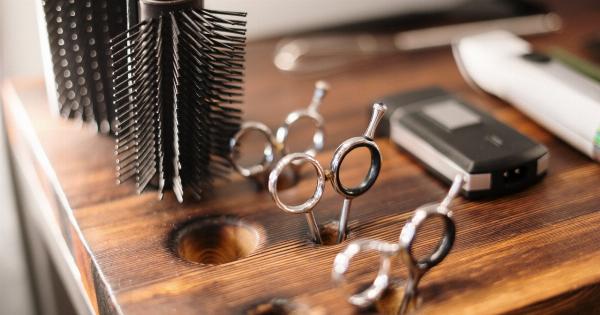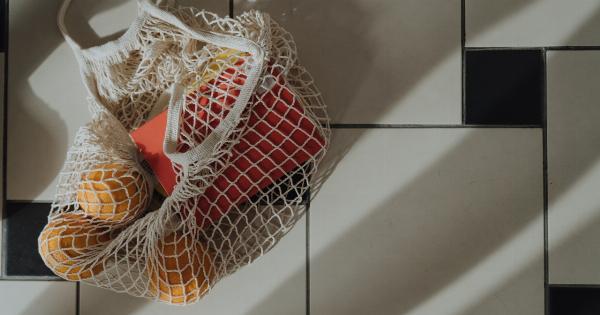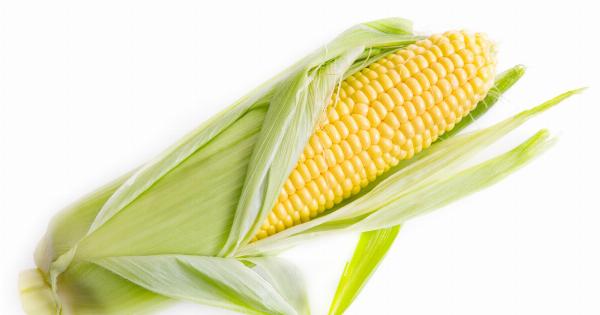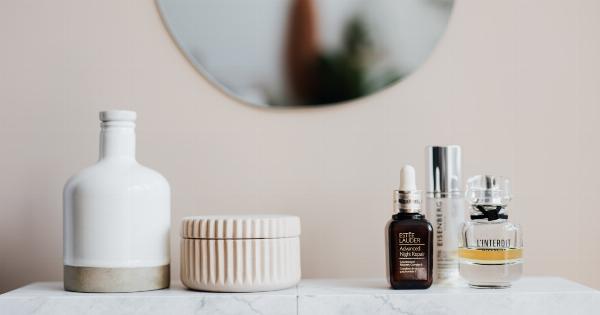Your haircut is not only a fashion statement or a reflection of personal style, it can also provide valuable clues about your overall health and nutrient intake.
The condition, thickness, and texture of your hair are influenced by various factors, including genetics, hormonal balance, and importantly, your diet. In this article, we will explore how different haircut characteristics may indicate potential nutrient deficiencies and the significance of maintaining a well-balanced diet for promoting healthy hair.
1. Fine and Thin Hair
If you have fine and thin hair, it could suggest insufficient nutrient intake, specifically a lack of protein, iron, or biotin.
Protein is essential for building strong and healthy hair strands, while iron helps deliver oxygen and nutrients to the hair follicles. Biotin, a B-vitamin, plays a crucial role in hair growth and repair. To improve the thickness and strength of your hair, consider incorporating protein-rich foods like lean meat, eggs, and legumes into your diet.
Additionally, ensure you are consuming enough iron through sources such as leafy greens, red meat, and fortified cereals.
2. Dry and Brittle Hair
Dry and brittle hair can be a sign of inadequate hydration and nutrient deficiencies, particularly in essential fatty acids (EFAs) and vitamins A and E.
EFAs, such as omega-3 and omega-6 fatty acids, support hair health by keeping the scalp hydrated and promoting natural oil production. Vitamin A aids in the production of sebum, the oily substance that moisturizes the scalp and prevents dryness. Vitamin E acts as an antioxidant that protects the hair follicles from damage.
Increase your intake of foods rich in EFAs like fatty fish, nuts, and seeds. Incorporate vitamin A sources such as carrots, sweet potatoes, and spinach, and consume vitamin E through sources like avocados, almonds, and olive oil.
3. Dull and Lusterless Hair
If you notice your hair lacks shine and appears dull, it may indicate an insufficient intake of vitamins and minerals, specifically vitamins C and D, and zinc. Vitamin C contributes to collagen production, which is essential for hair strength and shine.
Vitamin D is necessary for hair follicle cycling and renewal. Zinc plays a vital role in cell growth and repair, affecting the overall health of your hair. Increase your consumption of vitamin C-rich foods such as citrus fruits, berries, and bell peppers.
Exposure to sunlight is a natural way to boost your vitamin D levels. Include zinc-rich foods like oysters, pumpkin seeds, and lean meats in your diet to improve the luster and vitality of your hair.
4. Excessive Hair Loss
If you are experiencing excessive hair loss, it could be a result of nutrient deficiencies, hormonal imbalances, or underlying health conditions. Inadequate intake of vitamins B12, D, E, and iron can contribute to hair loss.
B-vitamins, especially B12, aid in promoting hair growth and preventing hair loss. Vitamin D deficiency has been associated with hair thinning and shedding. Vitamin E helps enhance blood circulation to the scalp, promoting healthy hair growth.
Ensure you are consuming sufficient amounts of these nutrients through a balanced diet or consider supplements under medical supervision.
5. Slow Hair Growth
If you notice that your hair is growing slower than usual, it might be related to nutritional deficiencies, particularly in vitamins A, C, and biotin.
Vitamin A promotes hair growth by supporting the production of sebum and maintaining the scalp’s health. Vitamin C aids in collagen formation, which is crucial for hair growth. As mentioned earlier, biotin is essential for healthy hair growth and strength.
Incorporate foods rich in these nutrients into your diet, such as carrots, oranges, berries, and eggs, to stimulate hair growth.
6. Premature Greying
Premature greying of hair can be influenced by genetic factors, but nutrient imbalances may also play a role. Insufficient intake of antioxidants like vitamins E and C, as well as minerals like copper and zinc, could contribute to premature greying.
Antioxidants protect hair follicles from oxidative stress, which can lead to greying. Copper is involved in melanin production, the pigment responsible for hair color, while zinc helps maintain hair tissue structure.
To slow down premature greying, ensure you consume a diet rich in antioxidant-rich foods such as berries, dark chocolate, and green leafy vegetables. Include copper sources like liver, nuts, and seeds, and zinc sources such as shellfish, legumes, and whole grains.
7. Split Ends and Breakage
Split ends and breakage are often signs of damaged hair, which can be caused by nutrient deficiencies, exposure to heat or chemicals, or improper hair care practices.
Lack of protein, vitamins A and E, and biotin can contribute to hair damage and breakage. As mentioned earlier, protein is vital for hair strength, and vitamins A and E help maintain a healthy scalp and protect the hair from external damage.
To prevent split ends and breakage, ensure your diet includes adequate amounts of protein, vitamin A, vitamin E, and biotin. Additionally, minimize exposure to heat styling tools and harsh chemicals, and practice gentle hair care routines.
8. Oily Hair
Excessive oiliness of the scalp and hair may be influenced by hormonal imbalances, but a diet high in unhealthy fats and refined carbohydrates can exacerbate the issue.
Consuming foods with high glycemic index values, like sugary snacks and processed foods, can stimulate the production of excess sebum, resulting in oily hair. Opt for a balanced diet rich in fruits, vegetables, whole grains, and lean proteins to regulate your hormone levels and maintain a healthy scalp environment.
9. Lack of Hair Elasticity
If your hair lacks elasticity and easily breaks or snaps, it might be an indication of a lack of moisture and essential nutrients like protein and biotin.
Hydration is crucial for maintaining hair elasticity, so make sure you are drinking enough water throughout the day. Additionally, incorporate protein-rich foods and biotin sources into your diet, as they contribute to hair strength and flexibility. Moisturizing hair treatments and avoiding excessive heat styling can also help improve hair elasticity.
10. Balanced and Healthy Hair
If your hair appears balanced and healthy, it suggests that you are maintaining a well-balanced and nutrient-rich diet.
Congratulations! However, it is still important to continue nourishing your hair by consuming a variety of nutrient-dense foods, staying hydrated, and practicing good hair care habits. Remember, even healthy hair can benefit from ongoing attention and care.
In Conclusion
Your haircut can provide significant insights into your nutrient intake.
By paying attention to the characteristics of your hair, such as thickness, texture, shine, and breakage, you can identify potential nutrient deficiencies and take steps to address them through dietary modifications. A well-balanced diet, rich in essential vitamins, minerals, proteins, and healthy fats, is essential for promoting healthy hair and preventing various hair-related issues.
So, let your haircut be a reflection of not just your personal style, but also your commitment to nourishing your body from within.




























